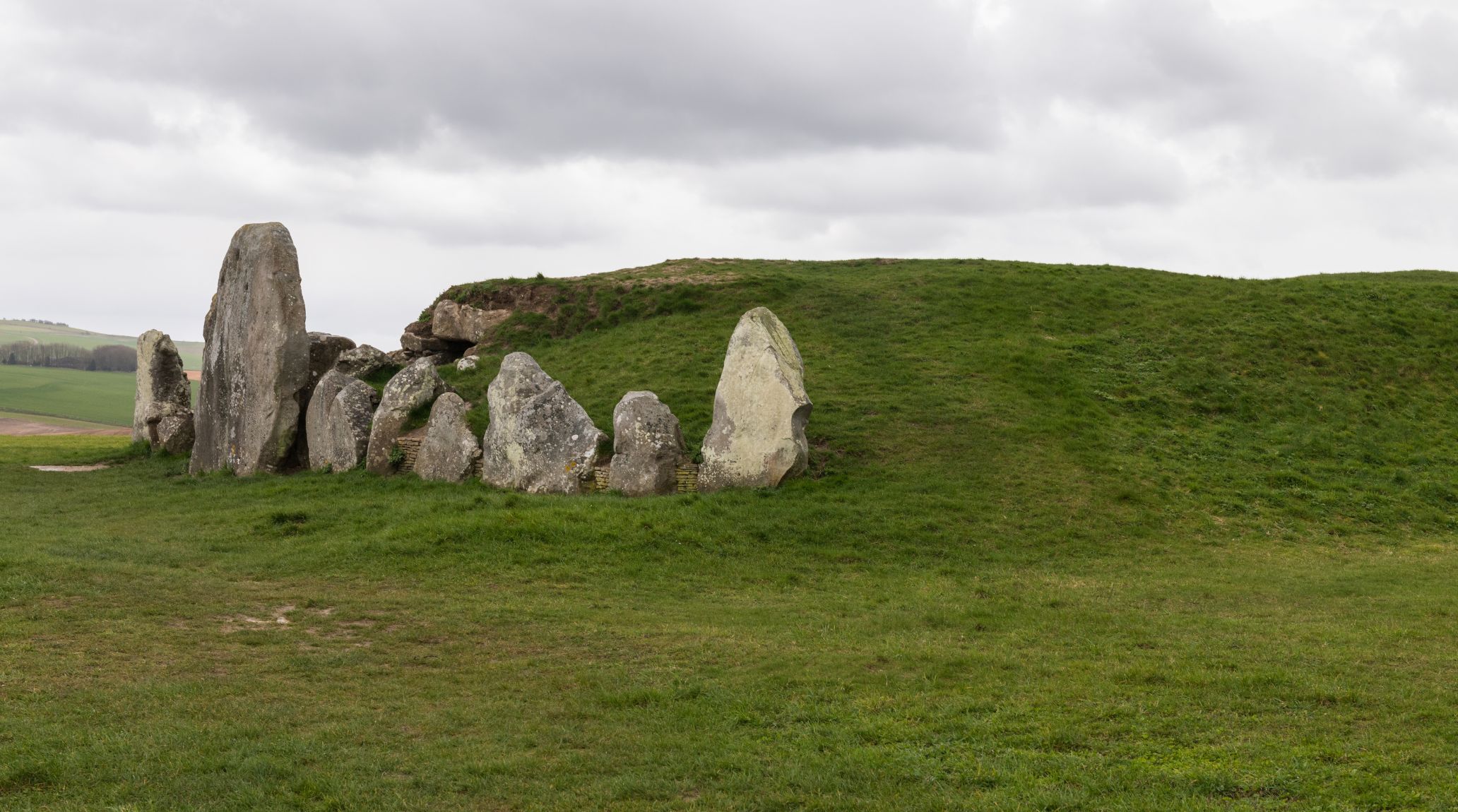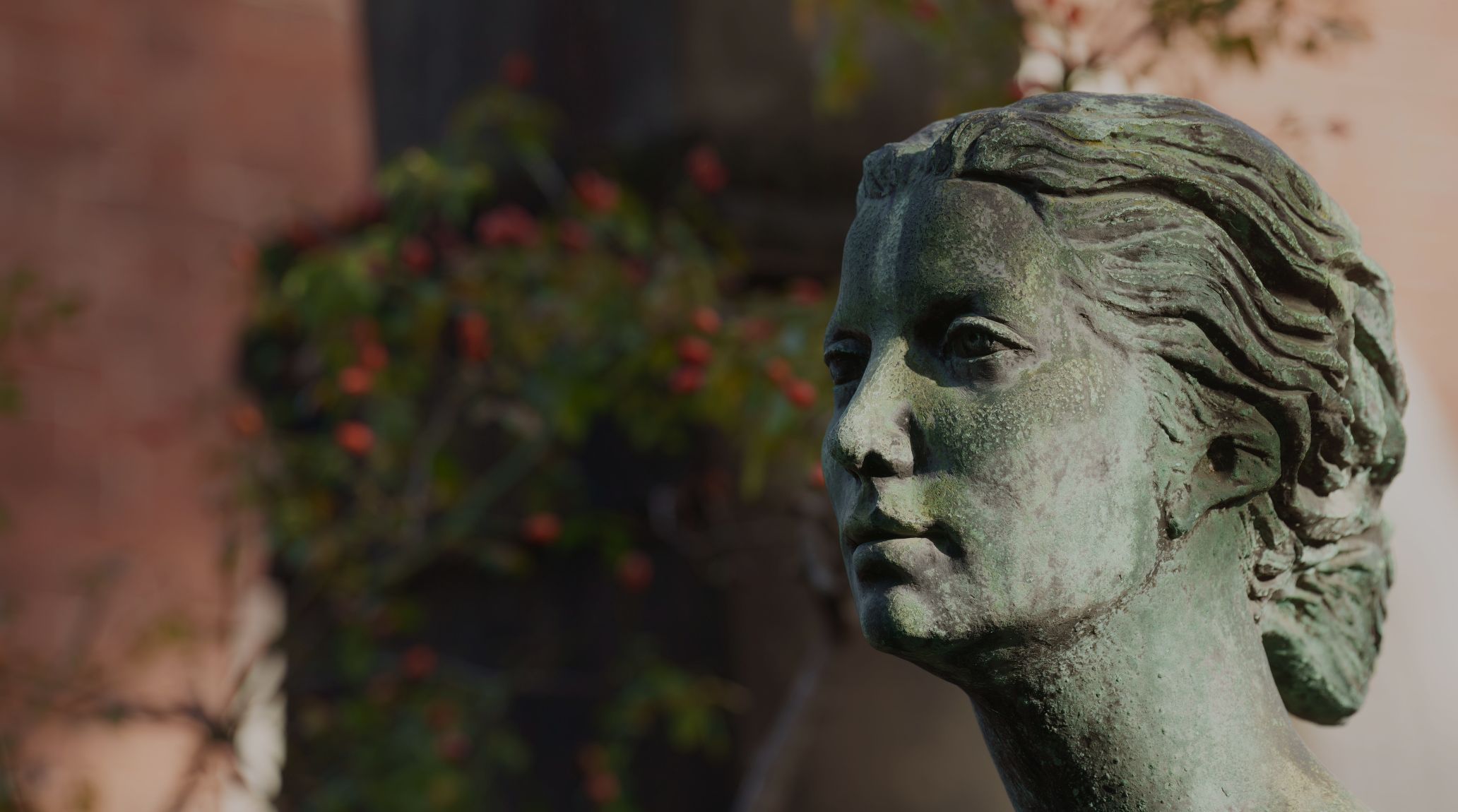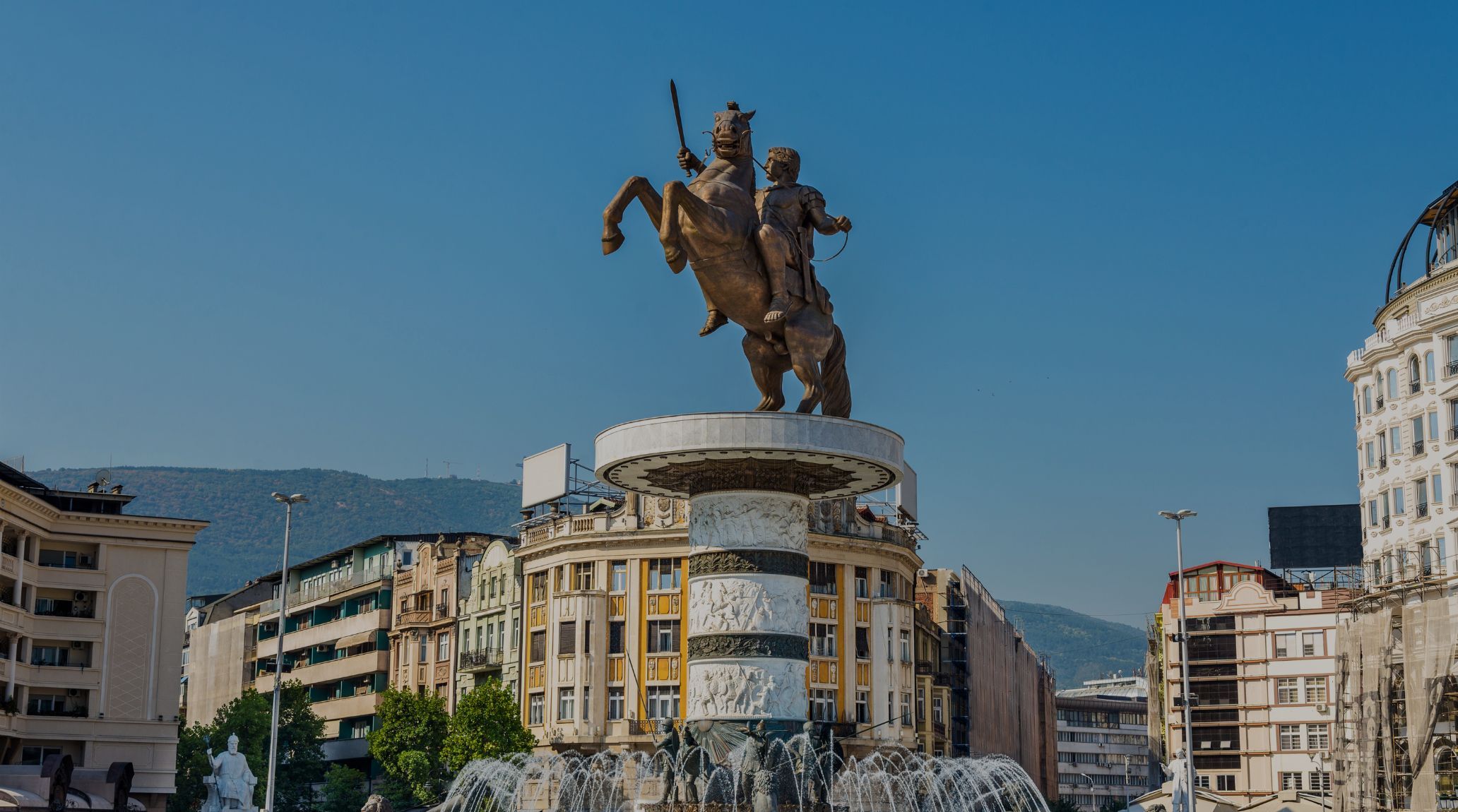
“
The Mesolithic period saw significant developments in how early humans dealt with death, giving rise to intricate funerary customs and burial rituals. In this article, we delve into 20 Curious facts that shed light on Mesolithic Funerary Customs and Rituals and the evolving relationship between humans and the afterlife.1
1
”
Mesolithic burials were often simple, with bodies buried in shallow graves, sometimes covered with stones or animal hides to protect them from scavengers. 1
Some Mesolithic graves included grave goods, such as stone tools, animal bones, or shells, which may have been offerings for the deceased’s journey to the afterlife. 2
Bodies were typically placed in a flexed or fetal position, suggesting a symbolic return to the womb or an association with rebirth. 3
Red ochre, a natural pigment, was commonly sprinkled on bodies in Mesolithic graves, indicating a possible belief in its protective or spiritual properties. 4
Mesolithic burial sites were often located near settlements or hunting grounds, suggesting that the dead remained close to the living and the land they inhabited.5
Some burials were found with animal remains, possibly indicating a connection between the deceased and animals, either spiritually or in terms of hunting roles.6
Burials at certain Mesolithic sites, such as Téviec in France, show evidence of careful arrangement, with bodies laid out in specific orientations, possibly aligned with the sun or stars. 7
Mesolithic graves sometimes included multiple individuals, indicating family or community burial practices, though the reasons for group burials remain uncertain. 8
In some cases, bodies were buried with deer antlers or animal skulls, possibly symbolizing the person’s status as a hunter or their spiritual connection to animals. 9
Evidence from some Mesolithic sites suggests that bodies may have been exposed to the elements before burial, a practice known as excarnation, where bones were later collected for burial. 10
Some Mesolithic graves contain evidence of trauma, such as skull injuries or arrow wounds, indicating that violent deaths were not uncommon, possibly due to conflicts or hunting accidents. 11
Certain Mesolithic graves contain only skulls, suggesting a possible practice of removing and preserving the heads of important individuals or ancestors after death. 12
At some burial sites, such as Skateholm in Sweden, dogs were buried alongside humans, indicating the deep bond between Mesolithic people and their canine companions. 13
Mesolithic burial rituals likely varied by region, with coastal communities incorporating marine elements like shells and fish bones, while inland groups may have used different materials. 14
Some burials contain personal adornments, such as necklaces made from shells or animal teeth, indicating the importance of status or identity even in death. 15
Mesolithic funerary customs may have included rituals like feasting or offerings, as suggested by the presence of food remains and animal bones near burial sites. 16
In some cases, bodies were buried in pits with stones placed over them, possibly as a way to prevent spirits from rising or to protect the graves from animals. 17
Evidence of fire has been found at some Mesolithic burial sites, indicating that cremation or ritual burning may have been part of funerary customs in certain regions.18
Mesolithic graves sometimes show signs of secondary burials, where bodies were moved or reburied, possibly indicating ancestor worship or the need to relocate burial sites. 19
The variation in Mesolithic burial practices suggests that beliefs about death and the afterlife were not uniform, with different communities developing unique rituals based on their environment and cultural traditions. 20


